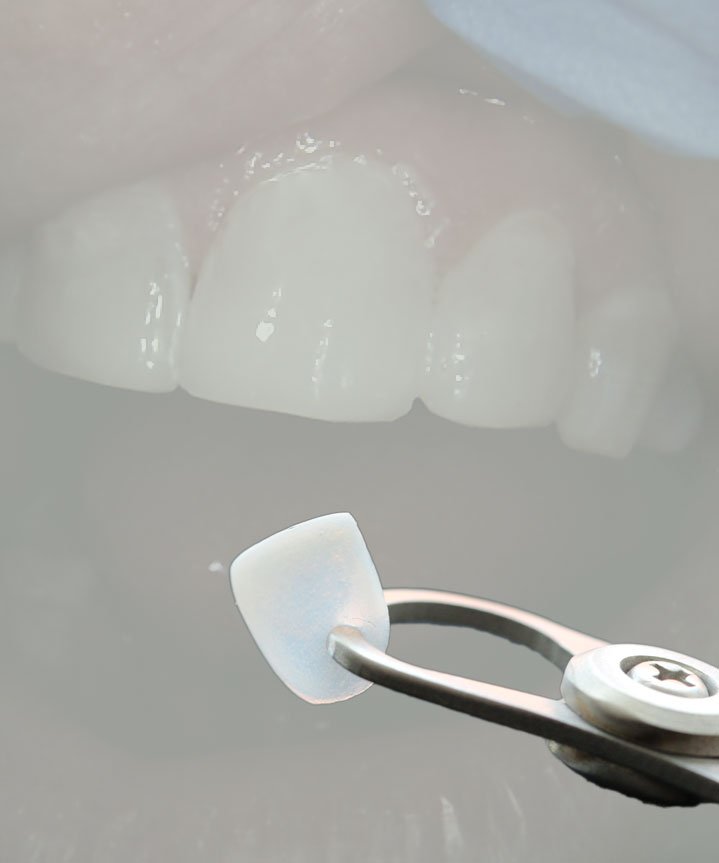What is dental veneer?
Considering the cost, veneers have become more common in dentistry. Two types are available, Porcelain or composite resin (direct or indirect), one is more expensive than the other. Porcelain veneers are a little pricier than composites however last longer, approximately 10- 15 years and both of these options have different price ranges. The amount you pay has many different factors, including where you get them done, who’s performing the service for you (specialist fees), which material you decide to have used and how many teeth you’re getting done. Private insurance coverage doesn’t cover cosmetic dentistry, however you can always double check and see what you are eligible for. Our particular office does offer payment plans for larger procedures, consulting with your dentist before making any decisions is crucial. Before the start of any treatment a consultation would be needed to determine if you are the right candidate for veneers. This step by step process allows you to discuss and determine the full procedure with your dentist including the color, size, length and your expectations. This process is irreversible, therefore understanding each step and asking questions if you need to is very important.
How to make a dental veneer?
The actual veneer procedure is not very long and can be completed over two different appointments within 6 weeks. The appointments should be long enough to prepare the tooth or teeth, length of time varies and depends on the dental team. Before treatment a detailed exam is completed to diagnose any health issues that should be addressed before starting such as swollen gums. Your custom preferences will also be decided. Special imaging is used to show you what the expected outcome looks like and your dentist may also take before and after pictures to show you the difference.
The first step will include your dentist administering local anesthetic (freezing) to help with any uncomfortable feelings. The dentist will then prepare the tooth by removing very little of your tooth surface and reshaping it. Depending on which material is used for your veneers, it is then placed according to the shade of color you decided on or for porcelain an impression is taken of your teeth. The impression is then molded and sent to an outside lab to be customized and sent back for placement.
Shape and length is then adjusted to match the treatment plan created for your new smile. If an outside laboratory is being used for fabrication, temporary veneers may be used by the dentist until final placement. Using temporary veneers after the preparation of the tooth may cause sensitivity since some of the enamel was removed. Consult your dentist about the use of temporary veneers they are not the choice for everyone, however they do provide a preview of what the end result will look like. Some dentists use CAD/CAM technology where everything is done in one day and temporaries are not needed.
What are the instructions of care of the dental veneers?
With the right care veneers can last many years, maintaining dental appointments for teeth cleanings and examinations done by your dentist is essential. Of course with any treatment completed damage can occur afterward, like fracturing the veneers which cannot be fixed by your dentist. Veneers if damaged must be replaced, your dentist will inform you about the procedure and costs.
To minimize the risk of damaging your veneers you should avoid chewing/biting on hard foods like nut shells or bones, being careful not to open packages with your teeth. Any other recommendations about what foods to avoid should be given to you by your dentist.
For home care using a non abrasive toothpaste is important not to damage the surfaces of your veneers, brushing and flossing should be completed regularly. Veneers are not easily stained, but after drinking coffee, red wine, teas, etc. it is advised to brush your teeth if possible to avoid any possible damage.



